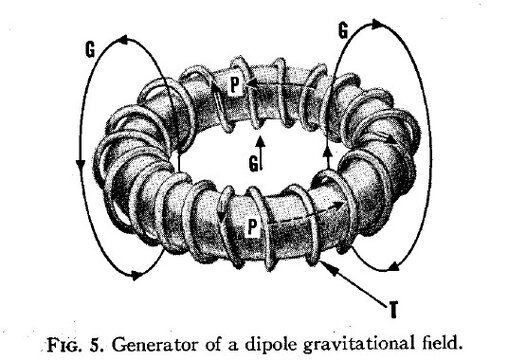Ehh - that doesn't actually mean much, because there's no indication that negative mass particles exist - and even if they did, they'd have to have the exact equal magnitude of rest mass that the known particles have, for this to be a problem. And although he offered a solution to that problem (below), Paranjape's concept for producing net negative effective mass is a whole other ball of wax, because in that scenario the negative curvature is produced by positive matter under tension, not by exotic particles with an intrinsic negative inertia.
But that's not why Hawking had a problem with it - Hawking had a problem with cosmic instability in a universe with negative mass particles. And Paranjape offered a solution to that in the article you cited previously:
“Another frequent concern expressed over the existence of negative mass is that it would cause an untenable instability of the universe. Stephen Hawking once told me that if negative mass existed, “the universe would be unstable and we would not be here to this day.” But negative mass exists only in an expanding universe, and because of energy conservation it can only be produced in positive–negative mass pairs. If there is a backreaction of the production of these pairs on the background cosmological energy, the production of negative mass should drive that energy density to zero, thus terminating the possibility of its production and quenching any instability. This mechanism could offer a means of resolving the long-standing problem of why the cosmological constant is so small.”
And I kinda hate to say this, but if you've followed his many wagers with other theoretical physicists,
he usually loses. It's best not to tie your carriage to any one physicist anyway - nobody is an authority on everything, and often top authorities disagree about bleeding-edge subjects.
And Wikipedia can be a very useful tool for well-established subjects, but it's also very limited in many ways, because A.) it trails new developments, and B.) it's only as good as the editors who work on a topic (and a great many of them aren't even qualified to contribute on subjects like this).
I suppose that we can't rule out the prospect for "hacking the laws of physics" somehow. But I think if it were realizable, we'd see a lot more ufos "blinking in and out" instead of zipping off at high speeds, and dropping in and out of the atmospheric envelope from above. Why travel at all, if they could just appear and disappear at will?
No - the only line that should be drawn pertains to gross violations of civil conduct, like personal threats, doxxing, spamming, etc. Freedom of speech isn’t just a good social policy; it promotes interest and understanding as well. People should feel free to bring up whatever they find interesting, so we can talk about it and debate it, and may the best memes win.
Once you start banning topics for discussion, it just goes underground and unchallenged in sad little online echo chambers where nobody learns anything, and tragic cults of ignorance flourish.
I want to hear about people’s crazy ideas and their unexplained experiences. Once you “draw the line,” it quickly turns into banning people for raising the kinds of discussions that we enjoy here. Bring up the ETH? Banned. Mention something like “the co-creation hypothesis?” Banned. Question the theory of general relativity? Banned. Antigravity? Banned.
That’s how it is at *every mainstream science board on the internet* now, and it sucks. If Realm prefers that kind of wicked little fascist echo chamber, then he can go participate there, and he’ll find myriad kindred spirits who have no patience for speculative discussions, and who gleefully use their authority to stomp down any opposing viewpoints or topics of real public interest, like this one.

 .
.